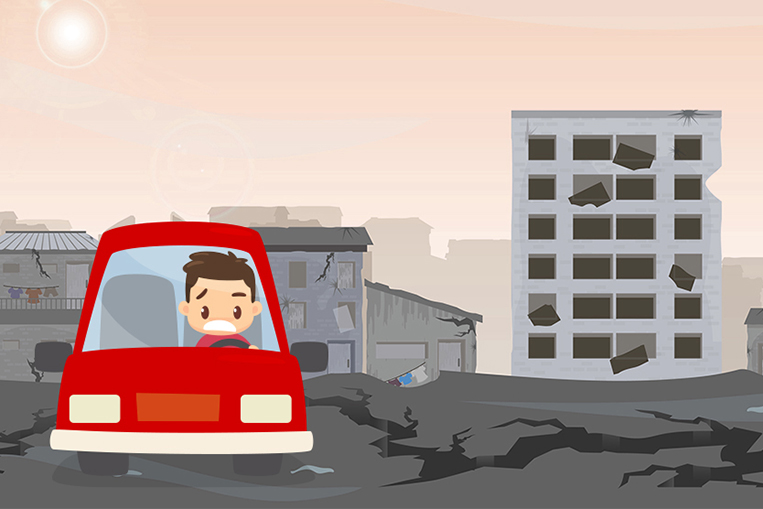
The movement of the earth’s tectonic plates is an inevitable natural phenomenon that even Apollo Quiboloy cannot stop in spite of his ludicrous claims. Our archipelago alone, which sits on the Pacific Ring of Fire, has its fair share of earthquakes. This year, seismic activity in the country has been so frenetic we’ve lost count of the incident reports.
Instead of feeding the public’s paranoia, we’re instead sharing a practical guide to driving in the event of an earthquake. After all, if you live in Metro Manila and are one of the tens of thousands who spend hours stuck behind the wheel of an automobile, there’s a likely chance you may be inside a motor vehicle when the Big One strikes.
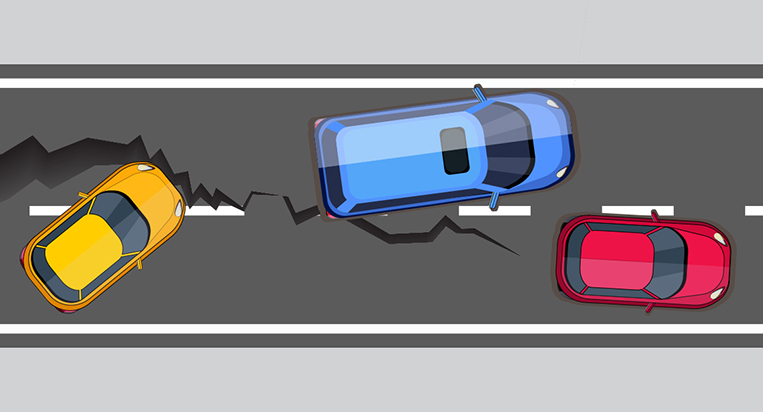
1. Always be observant of the world outside your vehicle. Quite often, people who are driving or riding a car are the last ones to feel a quake happening, especially if the vehicle is steadily moving along. When you see pedestrians suddenly stopping (or panicking) and trees, posts or other structures shaking or swaying about, there’s a good chance an earthquake is occurring.
2. Don’t panic. When you realize you’re driving in the middle of a quake, remain cool and composed. Don’t suddenly mash your brake pedal (especially if you’re on a busy road) to avoid getting rammed by other vehicles. Instead, ease off the accelerator and start looking for a safe spot to pull over until the shaking ceases. When you do find a secure corner, shut off the engine and engage the parking brake.
3. Avoid areas where deadly debris could crash down on you. Circumstance can sometimes have a terrible sense of humor, like putting you on a street framed by high-rise buildings when an earthquake hits. You may even find yourself in a tunnel or under a flyover. Be smart and carefully seek a safer, clearer area when possible. However, if you find yourself stuck in an unsafe spot due to traffic, stay inside your car, engage the parking brake, shut off your engine and wrap your arms over your head. Avoid the urge to get out and exposing yourself to greater danger. Your car’s body will act as a safety blanket, and that’s better than being completely vulnerable out there.
4. Steer clear of power lines and fuel stations. When possible, move away from electric cables and gasoline stations for obvious reasons. If a broken power line falls on your vehicle or right next to it, do not exit the car right away. Just quickly shut off the engine and stay seated while avoiding contact with the metal parts of the car’s interior. Call for emergency assistance using your mobile phone.
5. Be prepared for a tsunami. When driving along a coastal area like Roxas Boulevard, stay alert for the possibility of giant waves inundating your surroundings. If you notice the shoreline receding, immediately seek higher ground. Leave your car if you must—even a Lamborghini isn’t worth your life.
6. Always have emergency gear onboard. As they say, it’s always better to be ready than sorry. Among must-have essentials are a first-aid kit, a breathing mask, a flashlight, basic tools, a urinal, a power bank, a fire extinguisher and drinking water.
The key to surviving any of nature’s catastrophic events is knowing how to prepare for them and what to do when they take place. This will enable you to alertly and safely respond to the situation with a clear head while minimizing risks to yourself and those around you. Of course, faith and prayer go a long way, too.
Unfortunately, a cult leader cannot save us, but we’re all in this together. Let’s keep our calm and carry on.

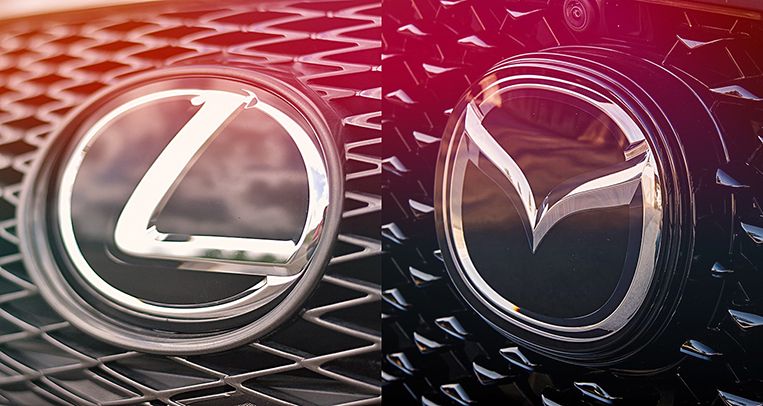
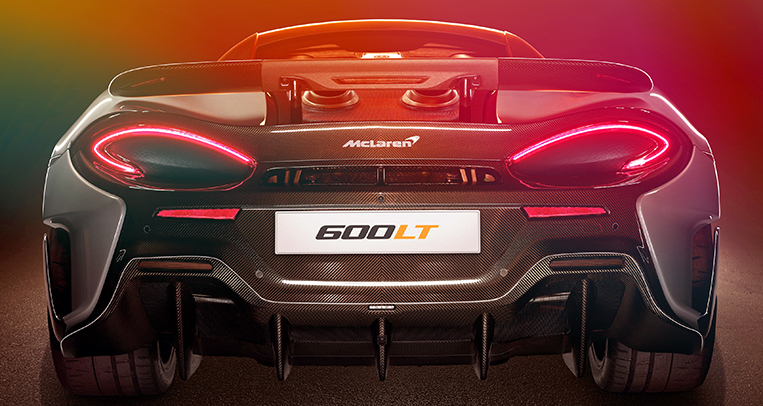
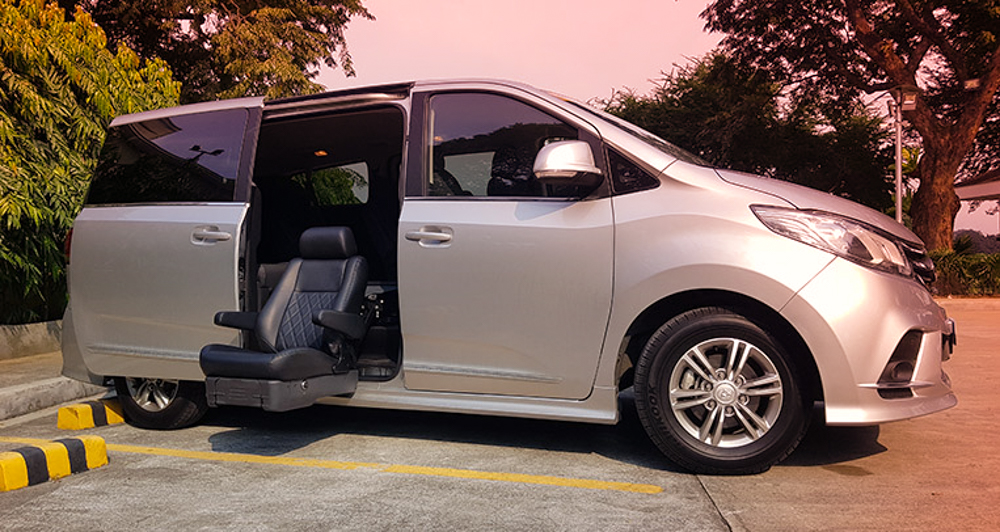
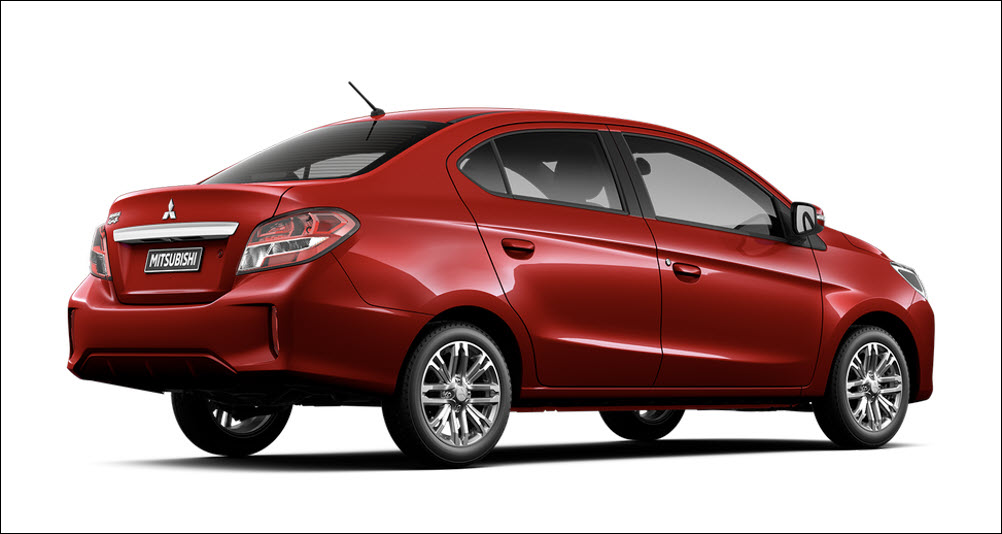





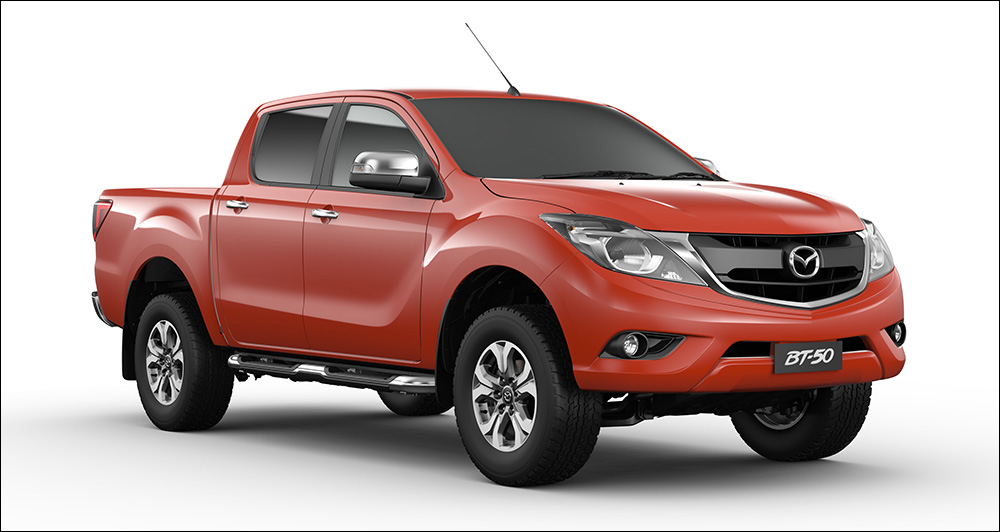
Comments